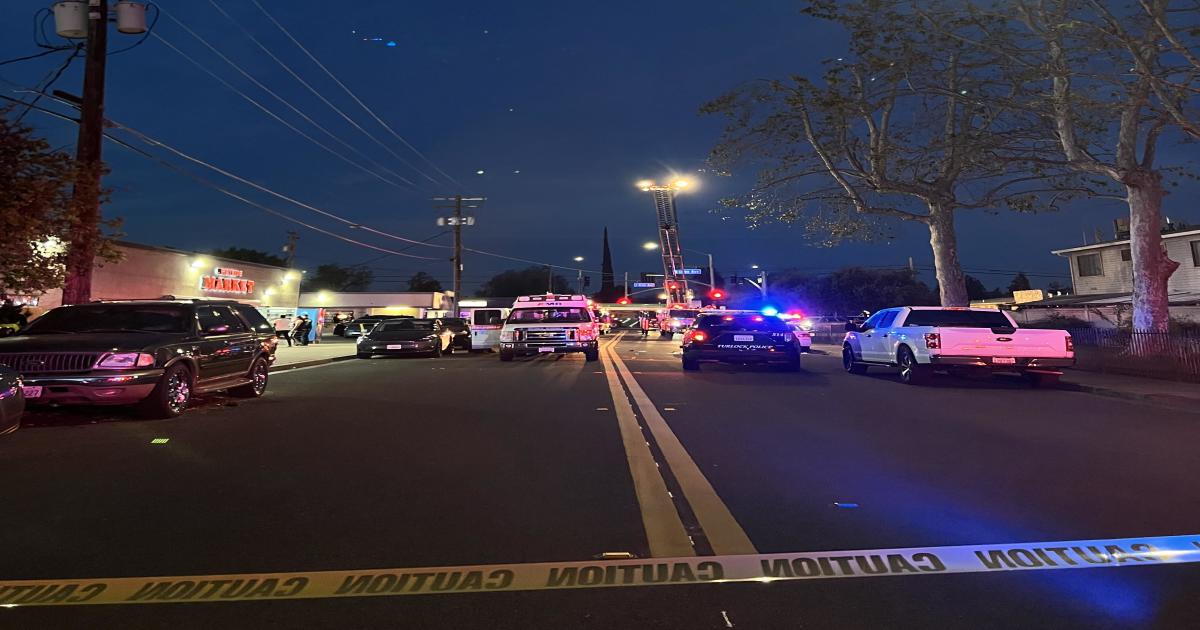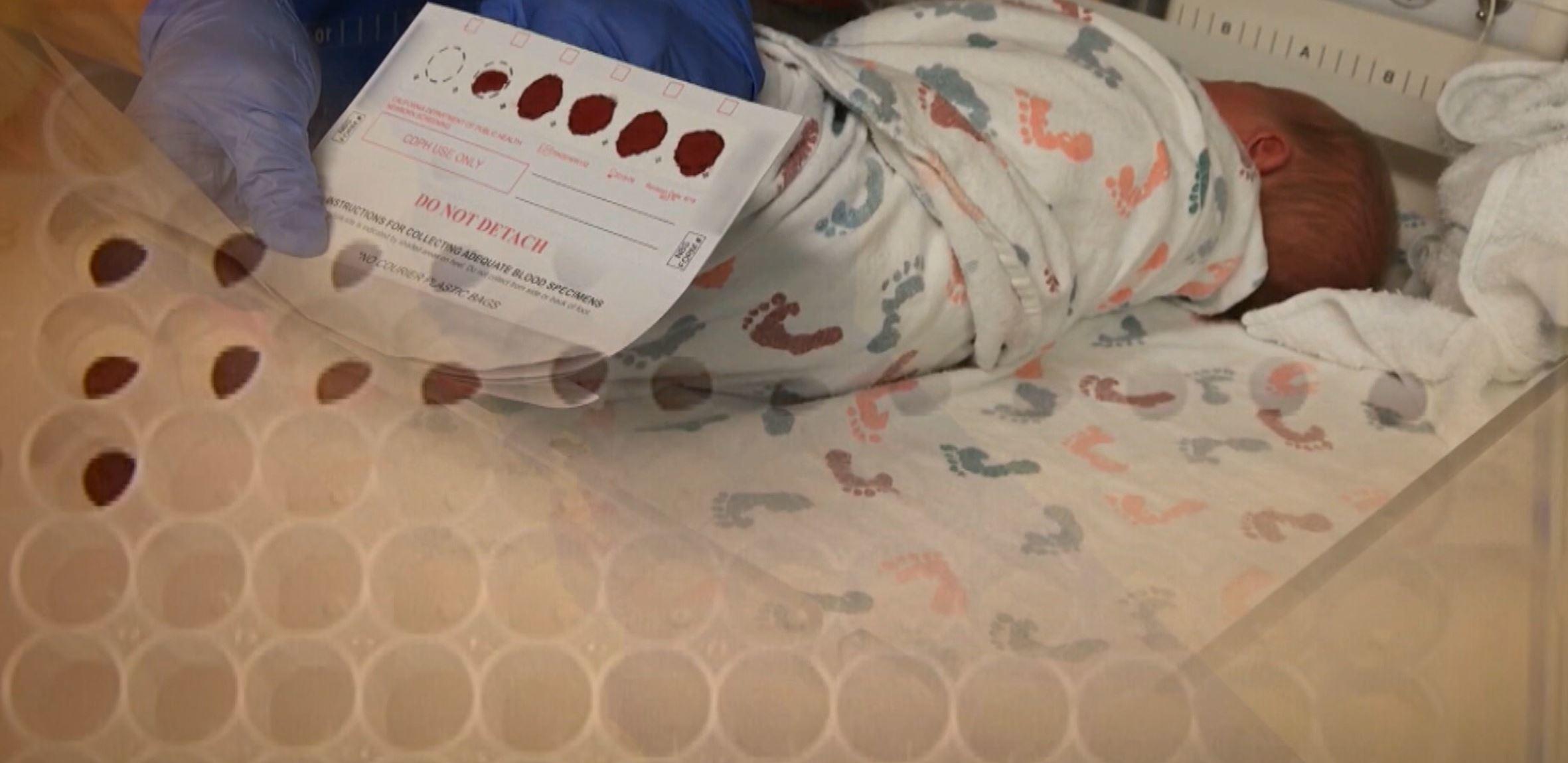For Police, Shootings Reinforce Need For Military-Style Gear
Backlash over the images of protesters in Ferguson, Missouri, clashing with officers in combat gear drove an ongoing national push to scale back the militarization of police - an effort that has mostly steamrolled over concerns among law enforcement that they're losing equipment they need.
In the span of six days, police suddenly have a pair of poster cases for the use of military-style equipment: In San Bernardino, California last week, police officers deployed armored vehicles at the scene of a shootout with a married couple who had killed 14 people at a holiday party.
Just days before the California attack, officers in Colorado Springs, Colorado, used armored vehicles to rescue people from the area around a Planned Parenthood clinic where a gunman killed three people, including an officer.
It's too soon to say whether the California and Colorado cases will be enough to quiet calls for demilitarization, but they have brought back the essential question: How much is too much for officers to use in policing American streets?
RELATED: Davis Police Accepting MRAP Raises Concerns About Department Militarization
The scene in San Bernardino, captured live on television, showed officers in tactical gear using two armored trucks and an armored tractor equipped with a shield to box in the SUV carrying Syed Farook and his wife, Tashfeen Malik, after the shootout ended. The couple had fired 76 rounds but were countered by 380 rounds fired by officers, authorities said.
"This type of equipment is critical for us to protect our officers," San Bernardino County Sheriff John McMahon told The Associated Press.
Colorado Springs relied on their armored personnel carrier and a second, bigger one belonging to the El Paso County Sheriff's Office to rescue the wounded and others in the line of fire during the Nov. 27 mass shooting there, Police Chief Pete Carey told council members Monday.
The vehicles "both sustained pretty severe damage as a result of that," Carey said. "They took a lot of rounds."
Missouri State Sen. Maria Chappelle-Nadal, whose district includes Ferguson, said it's difficult to compare the police tactics she has seen on television after the recent mass shootings with what she witnessed during the 2014 protests over the police killing of unarmed black teen Michael Brown.
"They're not the same at all," said Chappelle-Nadal, who said she was tear-gassed during the Ferguson riots. "There's a distinction between national security and social and economic inequality."
The gear that looked jarringly out of place in Ferguson can be essential tools for properly trained officers who know when they are appropriate to deploy, said Norm Stamper, a retired Seattle police chief who has become a prominent voice for restrained use of such equipment since his department's widely criticized handling of protests at the 1999 World Trade Organization meeting.
"It's also terribly important that the police not overreact to everyday situations by trotting that equipment out," he said.
Fallout from Ferguson led to some restrictions on federal programs that have funneled billions of dollars in high-powered weapons and other military-style equipment to state and local police forces.
In May, President Barack Obama ordered a halt in transferring certain types of surplus military equipment to law enforcement agencies enrolled in a popular Defense Department giveaway known as the 1033 program. More recently, federal officials have ordered departments to surrender some property already in their possession - most notably, vehicles with tracks, such as tanks.
The moves have angered police officials, who say they're losing an affordable pipeline to equipment that can save lives. Several Republican congressmen and at least one U.S. senator also denounced the program changes in the wake of San Bernardino.
"As I watched the tragedy in San Bernardino unfold last week, I noticed the equipment that local and other law enforcement agents used to track and ultimately neutralize the murderers," U.S. Sen. Richard Shelby, R-Alabama, wrote in a letter to the president Monday. "Like all Americans, I was glad to see that those local agents relied on ballistic armored vests, helmets, and vehicles to prevent injury and the loss of life to officers and the community they were protecting."
The armored vehicles used in San Bernardino belong to a regional SWAT team, which was called in to safely remove the slain gunmen from their vehicle. The vehicles were purchased with a mix of Department of Homeland Security grant money and funds from a federal program that allows police to share proceeds from asset seizures, said Rialto Police Capt. Andrew Karol, whose department is part of the team.
The same DHS grant program also allowed the El Paso County Sheriff's Office to acquire an armored vehicle used at the Planned Parenthood shooting.
As of Tuesday, the Defense Department's Defense Logistics Agency has taken back 52 of 126 tracked armored vehicles, 46 of 138 grenade launchers and 556 of 1,820 bayonets it had ordered returned, according to agency spokeswoman Michelle McCaskill.
In Oakland County, Michigan, Sheriff Michael Bouchard had to surrender a tracked armored vehicle along with about a dozen bayonets that his department used for funerals and honor guards. Bouchard said he traveled to Washington several times to meet with Obama administration officials when they were reviewing the programs.
"They had a preconceived notion and were going to drive to that destination with or without our consent," Bouchard said. "The whole thing seems to be driven by perception and not reality."
The California and Colorado shootings haven't softened activist Zaki Baruti's views on the perils of militarized police forces. Baruti said he was stunned to see camouflage-wearing officers atop armored vehicles point rifles at protesters during the marches he helped organize in Ferguson.
"It looked like we were in Iraq," he recalled. "The looks on their faces were saying, 'Do something so we can use this.'"
Stamper, the retired Seattle chief, said the equipment itself isn't the problem.
"It's the misuse of the equipment," he said. "I think, through mission creep, we have allowed almost anything to be identified as high risk. If almost anything looks like a nail, you're going to bring out a hammer."



